
Ten Swiss traditions on UNESCO’s Intangible Cultural Heritage list

Yodelling might be the next Swiss tradition to make it onto the UNESCO Cultural Heritage list. Other Swiss specialities awarded the label include avalanche mitigation and watchmaking.
The Intangible Cultural Heritages of the United Nations Educational Scientific and Cultural Organization (UNESCO) are different from the UNESCO World Heritage Sites. They focus on traditions living through generations as opposed to preserving natural landscapes or architecture.
In April, Switzerland submitted the Swiss tradition of yodelling to the UNESCO heritage committee. This traditional Swiss folk music can alternate between the singing of verses and a “natural yodel” which is the singing of melodies instead of lyrics.
In a press release, the Swiss Federal Office of Culture writes that “commitment is needed to further develop yodelling to preserve it for future generations”.
When the Federal Office of Culture submitting the traditional art of yodelling to the UNESCO committee, the Swiss authorities also put forth concrete measures to develop the tradition, such as training and education to help support aspiring musicians and to better connect the yodelling community across Switzerland.
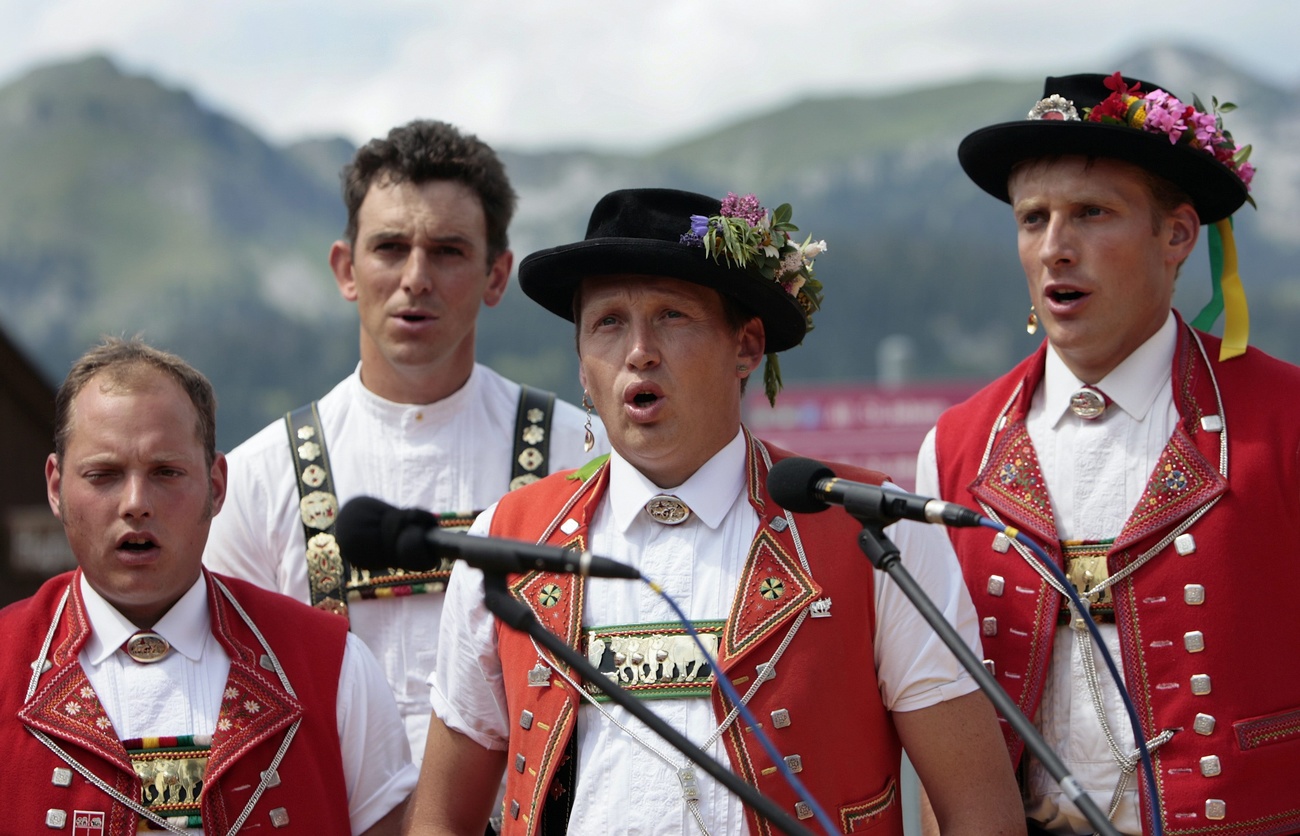
Since 2009, individuals are able to receive a Bachelor’s degree in yodelling at the Lucerne University of Applied Science and Arts. The higher education institute offers a major in yodelling as part of a degree in folk music.
While yodelling might soon be Switzerland’s newest UNESCO intangible heritage, Switzerland currently has ten intangible cultural heritage elements, with the first having been submitted and approved by UNESCO in 2016.
SWI swissinfo.ch takes a look at the other Swiss intangible cultural heritages.
‘Once in a generation’ festival

Switzerland’s first intangible heritage element accepted onto the UNESCO list in 2016 is the “Fête des Vignerons”, or winegrowers festival. It pays tribute to the knowledge of the winemakers of the UNESCO Heritage Site of the Lavaux vineyards and the Chablais region of canton Vaud.
The festival takes place in Vevey and is held “once in a generation” at irregular intervals of between 14 and 28 years. The first festival External linkwas held in 1797 and was the first public award ceremony to honour the best winegrowers from the region.
When the festival takes place is decided by non-profit organisation the Vevey Brotherhood of Winegrowers.
The last festival took place in 2019 and saw one million visitors pass through the lakeside town during the three-week festival. In total 355,000 tickets were sold. The open-air arena for the 2019 festival was the largest ever constructed in a town centre, with 20,000 seats and five stages.
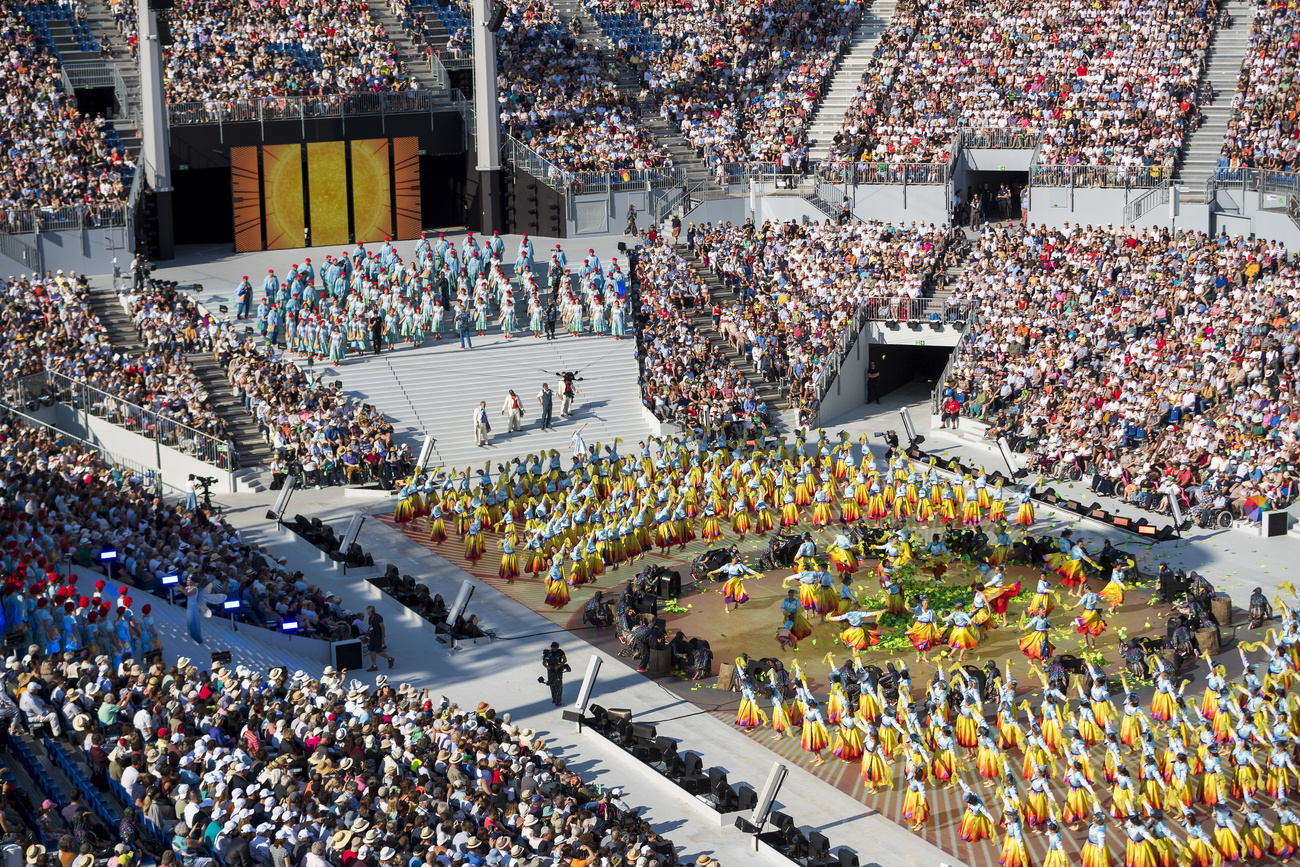
A two-hour show in the arena edging on Lake Geneva is the main spectacle of the festival. In 2019 the show consisted of 5,500 actors, 900 singers, 240 musicians and 6,000 costumes which were made in Italy.
While many of the festivals of the past have been heavily religious ceremonies, the modern-day festivities have “become a secular celebration of human toil and the fertility of nature, drawing on pagan allegories and Judeo-Christian costumes and symbolism”, according to the Brotherhood of Winegrowers.
When the next festival will take place has not yet been announced.
The Basel carnival
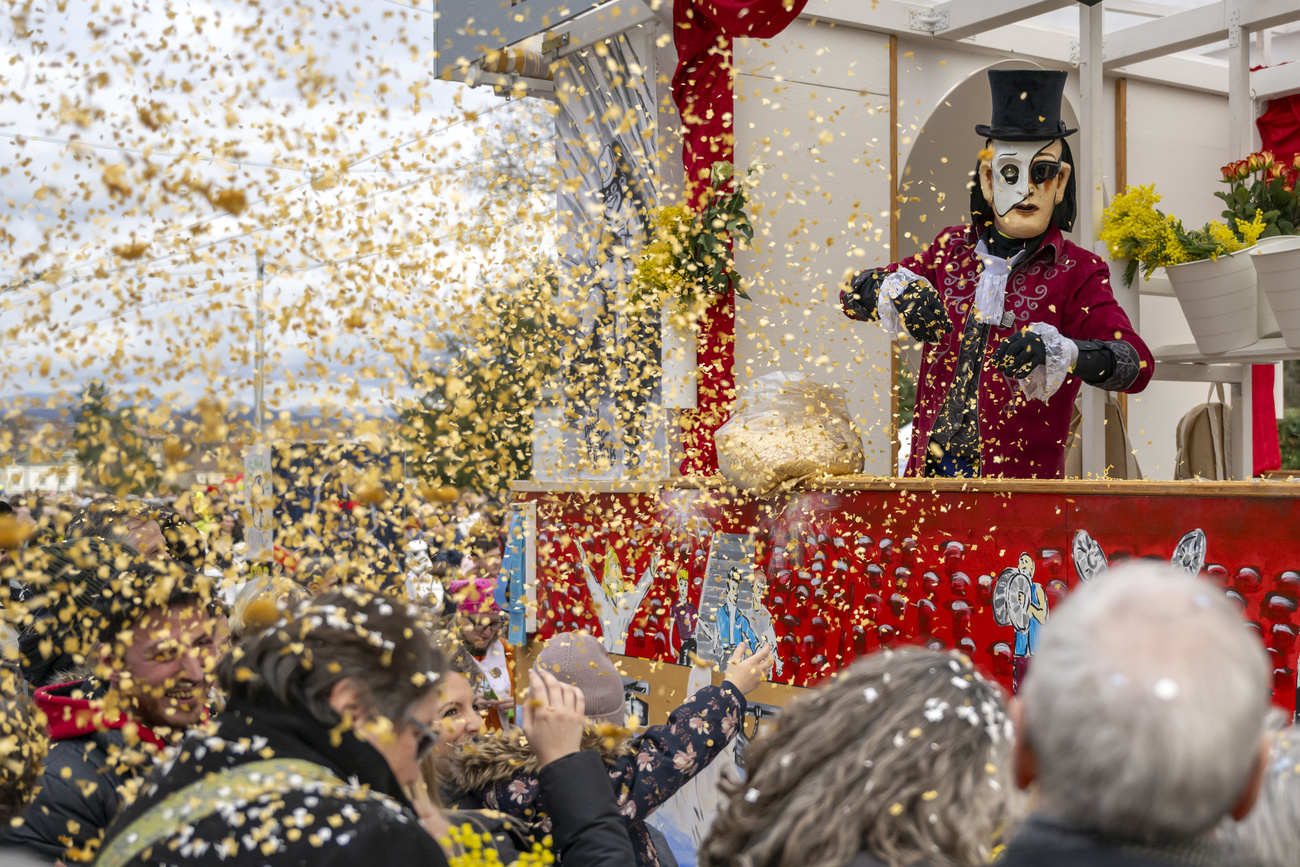
Carnival, or Fasnacht as it is known in Swiss German, is a rare example of a Protestant celebration. The event season consists of loud music, colourful costumes, satire, all deeply rooted in traditions. In 2017 it was the second Swiss element to be accepted as a UNESCO Intangible Heritage.
The first recorded carnival event was in Basel in 1418. Festivities begin at 4am on the Monday following Ash Wednesday and last 72 hours.
The carnival parade is known for its social and political commentary which typically pokes fun at public blunders or gaffes that happened in the previous year. The parade is made up of “cliques”, or groups, in coordinating costumes and carnival floats. UNESCO writes that the Basel carnival, “contributes to social cohesion, promotes tolerance through social criticism and helps safeguard the local dialect”.
In 2024, Fasnacht in Basel attracted more than 200,000 visitors. Climate change, artificial intelligence, the 150th anniversary of Basel Zoo, the Barbie film, the ongoing wars around the world, the takeover of Credit Suisse by UBS, and inflation were the most popular themes with the cliques.
Traditional techniques
When we think of cultural traditions, we think of events, cuisine, music and art – but what about traditional techniques and methods?
In 2018 two cultural techniques were accepted to the UNESCO list: avalanche risk management and the art of dry stone walling.
Switzerland, with Austria, were awarded UNESCO status for methods in tradition avalanche management.
Multiple avalanches in 1951 killed almost 100 people. This marked the beginning of avalanche mitigation in Switzerland.
Switzerland has developed special strategies to mitigate avalanche risks: from training rescue dogs, analysing snowpacks, documenting avalanches, training mountains guides and then passing down this knowledge over generations.
Working from November 1 to April 30, an avalanche observer network get up around 6am every morning to check for fresh snow and to gather data. These observers conduct a “snow profile” to examine a cross-section of the snowpack. This is then sent to the Institute for Snow and Avalanche Research (SLF) in Davos, and turned into detailed daily forecasts and models. Every two weeks they carry out snow profiles to see how the snowpack has changed over the winter and to check for weak layers.
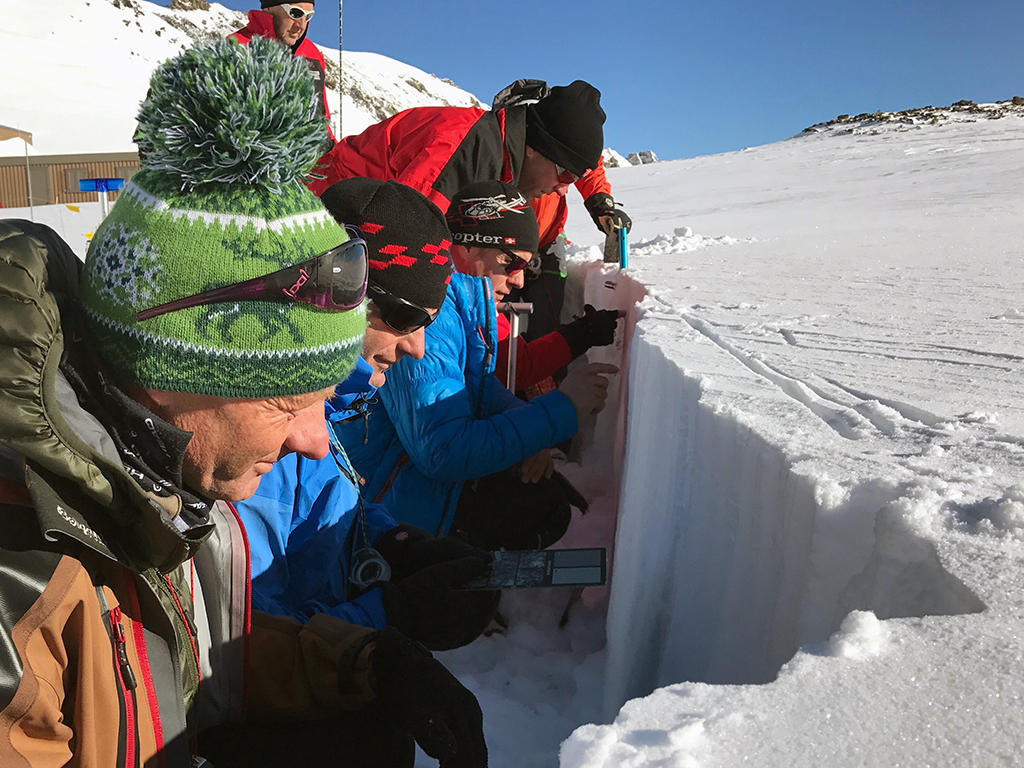
More
Why the Swiss are experts at predicting avalanches
The Federal Office of Culture states that a “large and informal body of knowledge” on avalanches has passed down through the generations. “This traditional knowledge is being constantly developed, in that historic know-how is combined with the most modern technologies,” says the Federal Office of Culture in its submission for UNESCO intangible heritage.
The second technique that made the UNSECO list is the is the art of dry stone walling. This is a construction technique which stacks stones upon each other, without using any mortar, cement or adhesives, except sometimes dry soil. This technique is used in the construction of living spaces. It also plays a vital role in preventing landslides, floods and avalanches.
Organisations and builders continue to campaign and preserve this traditional method of wall building, passing on the practice in the industry.
“Dry stone structures are always made in perfect harmony with the environment and the technique exemplifies a harmonious relationship between human beings and nature,” writes UNESCO.
Physical and spiritual elevation
Switzerland is known for its stunning Alpine landscapes. So it is not a surprise that alpinism, the art of scaling summits and mountains faces, found itself on Switzerland’s UNESCO intangible heritage list in 2019.
However, alpinism goes beyond the physical practice of climbing mountain faces – it is also the knowledge of the high-mountain environment, the history of alpinism and the values these climbers carry with them. These values include the commitment to leave no trace. An essential part of the alpinist mindset is the sense of team and community, which is represented by the rope connecting the alpinists to one another, writes the Swiss Federal Office for Culture.
While alpinists scale summits, in Mendrisio in canton Ticino the Holy Week Procession bring believers closer to God.
The second Swiss intangible element added to the UNESCO list in 2019 is the Holy Week Procession that takes place in Mendrisio on the evening of Holy Thursday and Good Friday. During the procession, the city lights are turned off and the streets glow with the light from translucent paintings which are mounted on wooden frames and illuminated from within.
On Holy Thursday the procession includes trumpets and drums while the Good Friday procession is deeply spiritual and sombre, consisting of now fewer than 600 individuals in costumes.
The 400-year-old tradition is revered for its scenography and local craftsmanship. The Mendrisio cantonal community has stated its continued commitment to fostering the tradition, promoting community participation and its history.
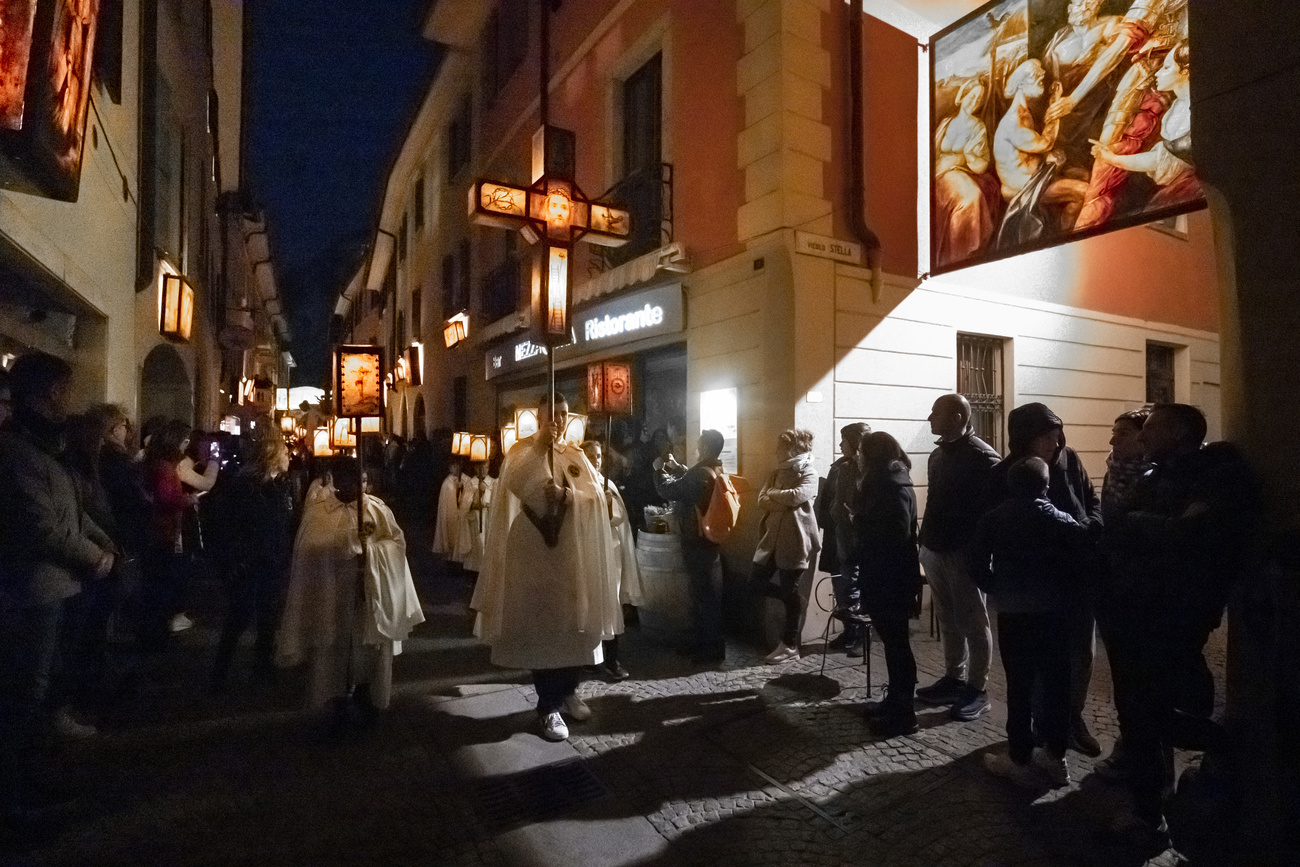
Swiss craftsmanship
Arguably one of Switzerland’s most notable claims to fame – watchmaking – was not added to UNESCO’s list until 2020.

Watchmaking has historically been a family business; the practice was passed down from generation to generation. “At the crossroads of science, art and technology, the skills related to the craftsmanship of mechanical watchmaking and art mechanics are used to create watchmaking objects,” writes UNESCO.
When Switzerland presented the bid to include watchmaking as an intangible cultural heritage, measures to safeguard this tradition were presented, including documentation, training and communication to raise awareness and highlight the traditional value of Swiss watchmaking.
Watchmaking has done more than shape Switzerland’s economic landscape. It also shaped Switzerland’s social reality, conveying many of the country’s cultural values such as good handiwork, patience and of course, punctuality.
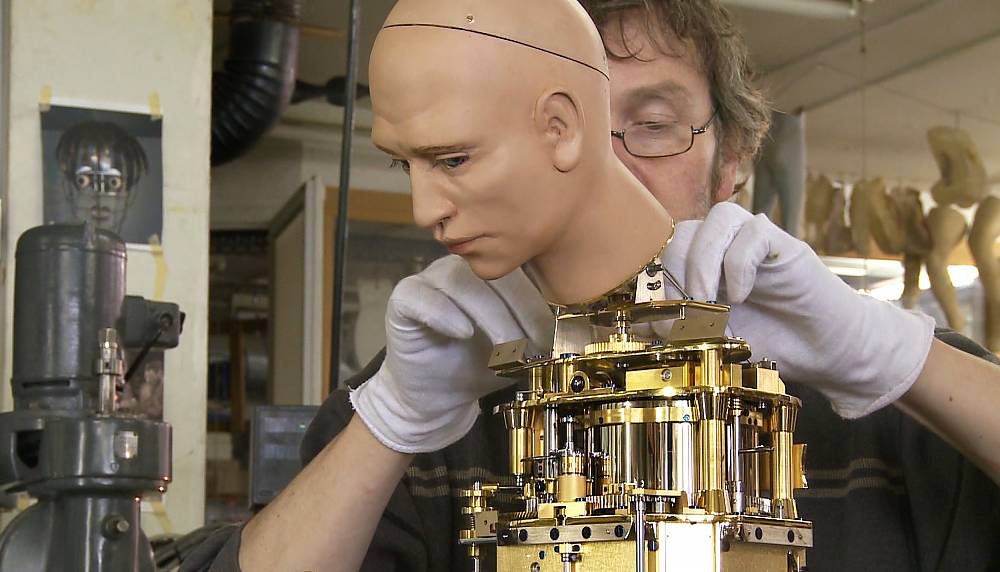
More
Mechanical watchmaking and art receives cultural heritage recognition
While the art of the construction workshop groups, or “Bauhüttenwesen” first came together in the Middle Ages, it was not added to the UNESCO list until 2020. These construction workshops came together as craftsmen constructing European cathedrals created groups with the various areas of expertise needed to construct a church.External link
Today, this workshop network refers to organisations or groups that come together to construct or restore traditional buildings, such as churches or monuments.
These workshops safeguard the traditional customs and techniques of the various professions, with this knowledge being passed down through generations and across borders. UNESCO credits these workshop networks with promoting living heritage through raising information and active communication with politicians, churches, conservationists and researchers. Bauhüttenwesen was selected by UNESCO under “good safeguarding practices” and is presented as a model for all types of buildings that need to be maintained.
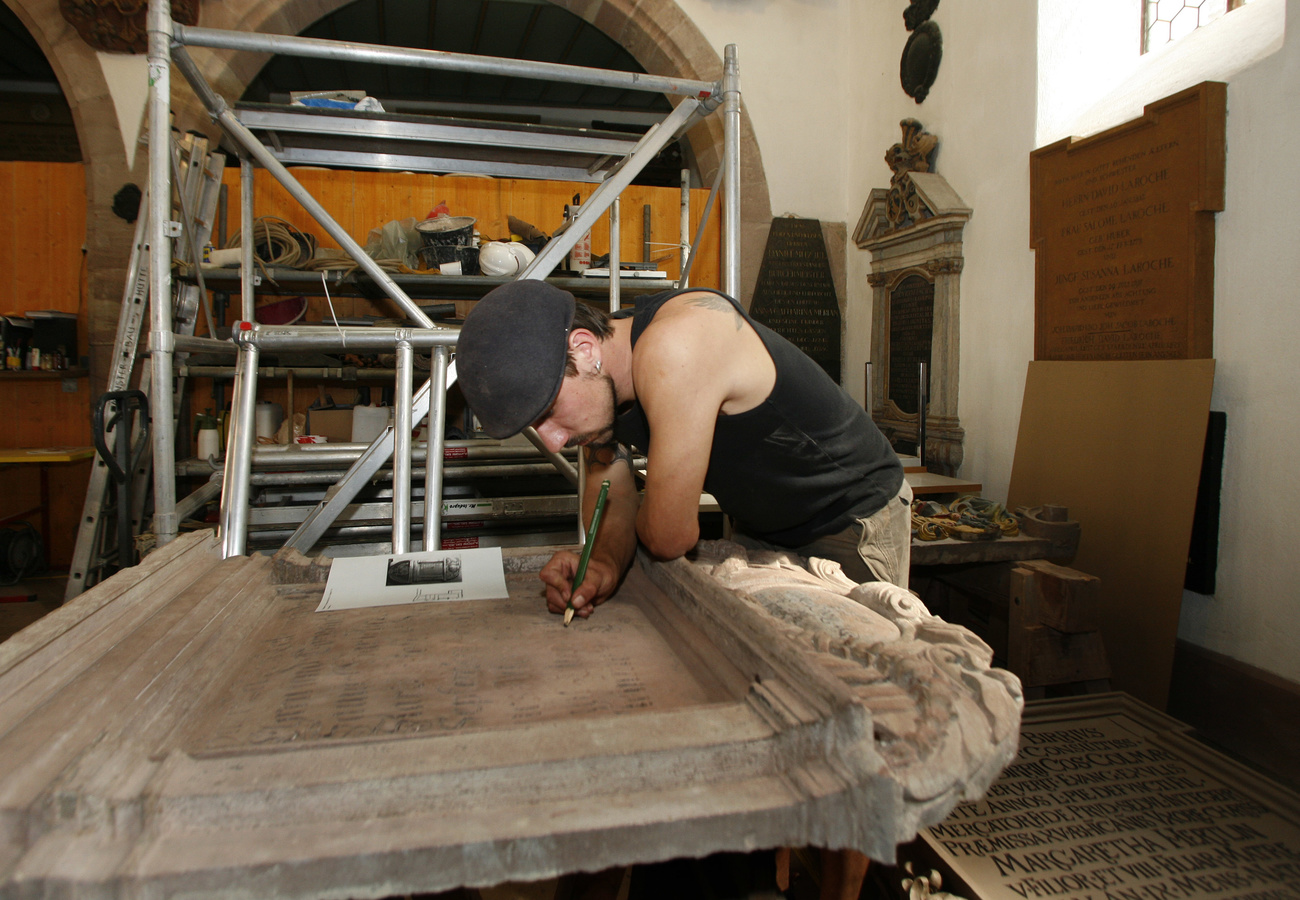
Swiss farming traditions
Between May and June, spectators watch as cows decorated in floral crowns are led up the mountains by farmers in traditional Swiss attire. This Alpine pasture season is a tradition that features prominently throughout much of Swiss literature and art.
Not only cows but also sheep and goats take part in the traditional climb to higher pastures. The Alpine air, grass and water are all said to be contributing factors in making Swiss cheese famous around the world.
However, this practice does more than aid Switzerland’s cheesemaking industry – it combines skills, customs and rituals, preserving the natural landscapes and creating economic and social connections between the farmers and community. The skills and customs of the Alpine pasture season are passed on within families as well as to seasonal workers and became a UNESCO Intangible Heritage element in 2023.
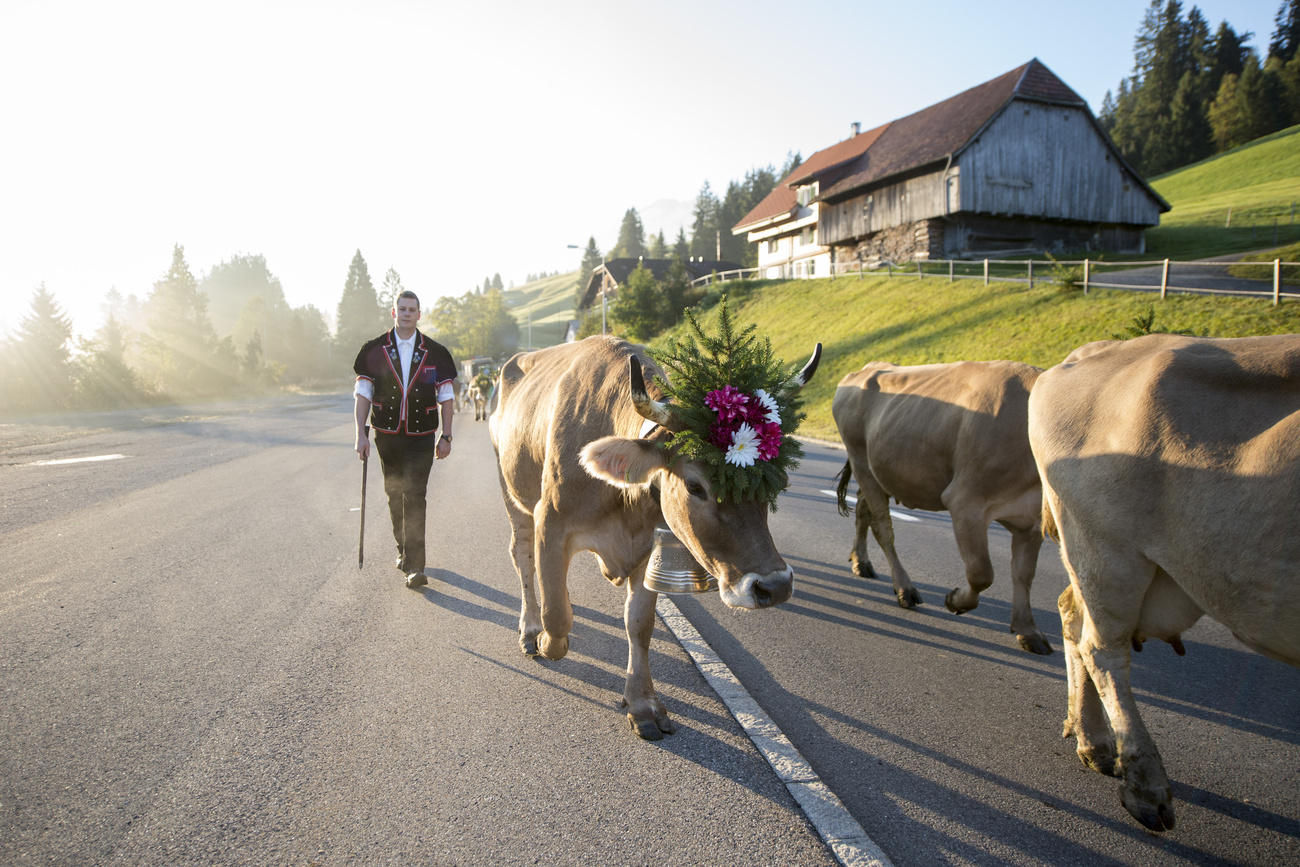
The second intangible heritage element that made it on the UNESCO list in 2023 is the traditional irrigation technique known in Switzerland as “bisses”. The bisses are traditional irrigation channels which were built several centuries ago in order to bring precious glacier water to cultivated land.
This irrigation system uses gravity and hand-made constructions to distribute water, using a deep understanding of the natural landscape and weather conditions. The techniques used in bisses requires a specific vocabulary and knowledge of the lunar cycle, water flow and much more.
Historically, constructing a bisse was a community effort. The time an individual had to spend assisting in the construction of a bisse was calculated according to the amount of farmland they used. However, the undertaking was extensive and often dangerous, with only rope securing the wooden irrigation planks in the mountains above the builders.
Most of the bisses are between five and ten kilometres long. The bisse of Saxon is the longest at 28 kilometresExternal link. One of the best known bisses in Switzerland is the Bisse du Levron in the Val de Bagnes in canton Valais. The water system diverts water from the mountain to the village of Levron 25 kilometres away and has been doing so for more than 500 years.
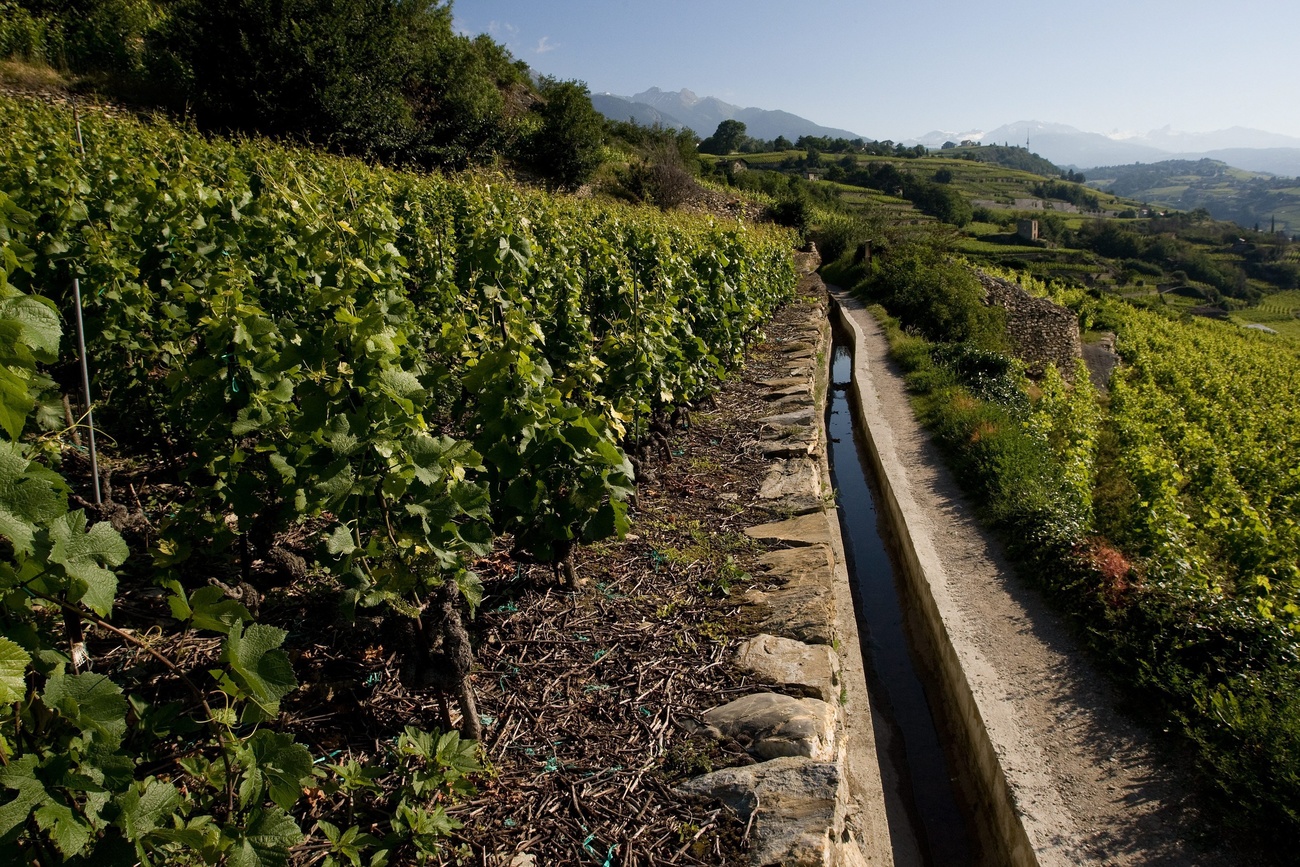
Edited by Virginie Mangin/ts

In compliance with the JTI standards
More: SWI swissinfo.ch certified by the Journalism Trust Initiative




























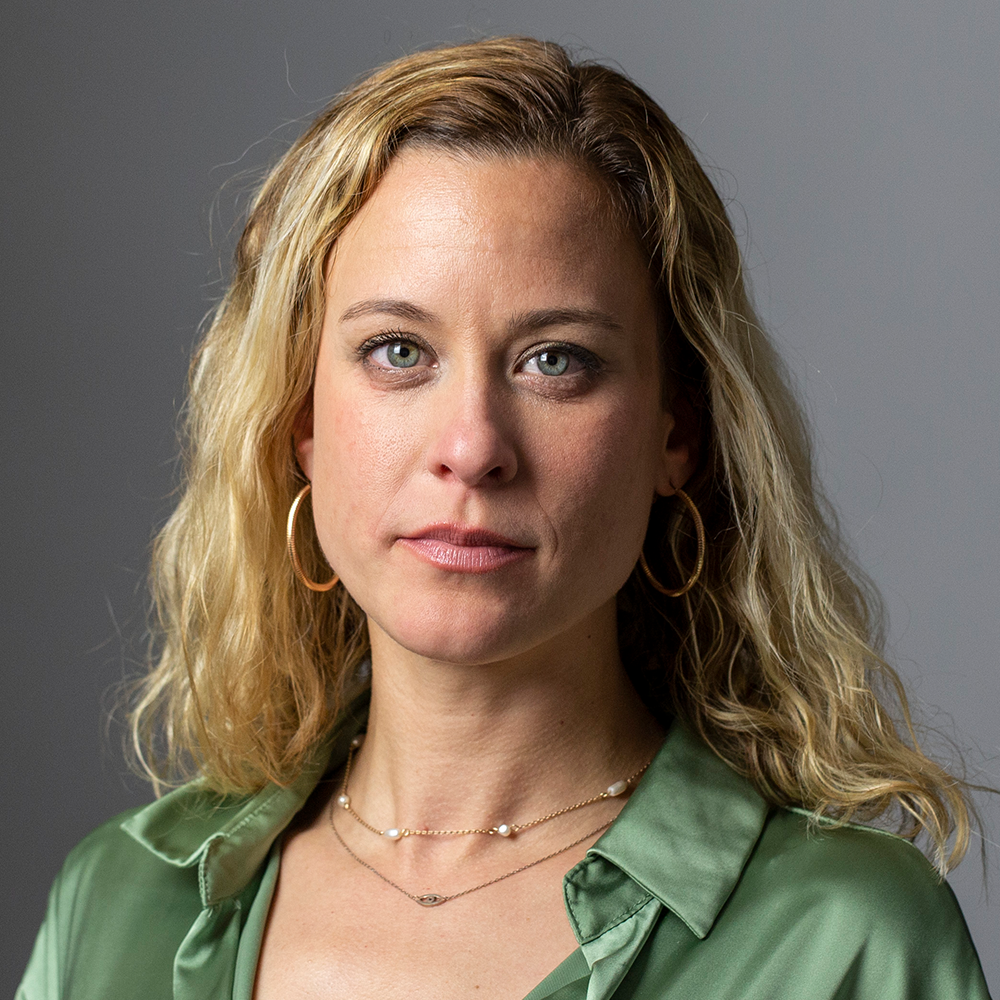

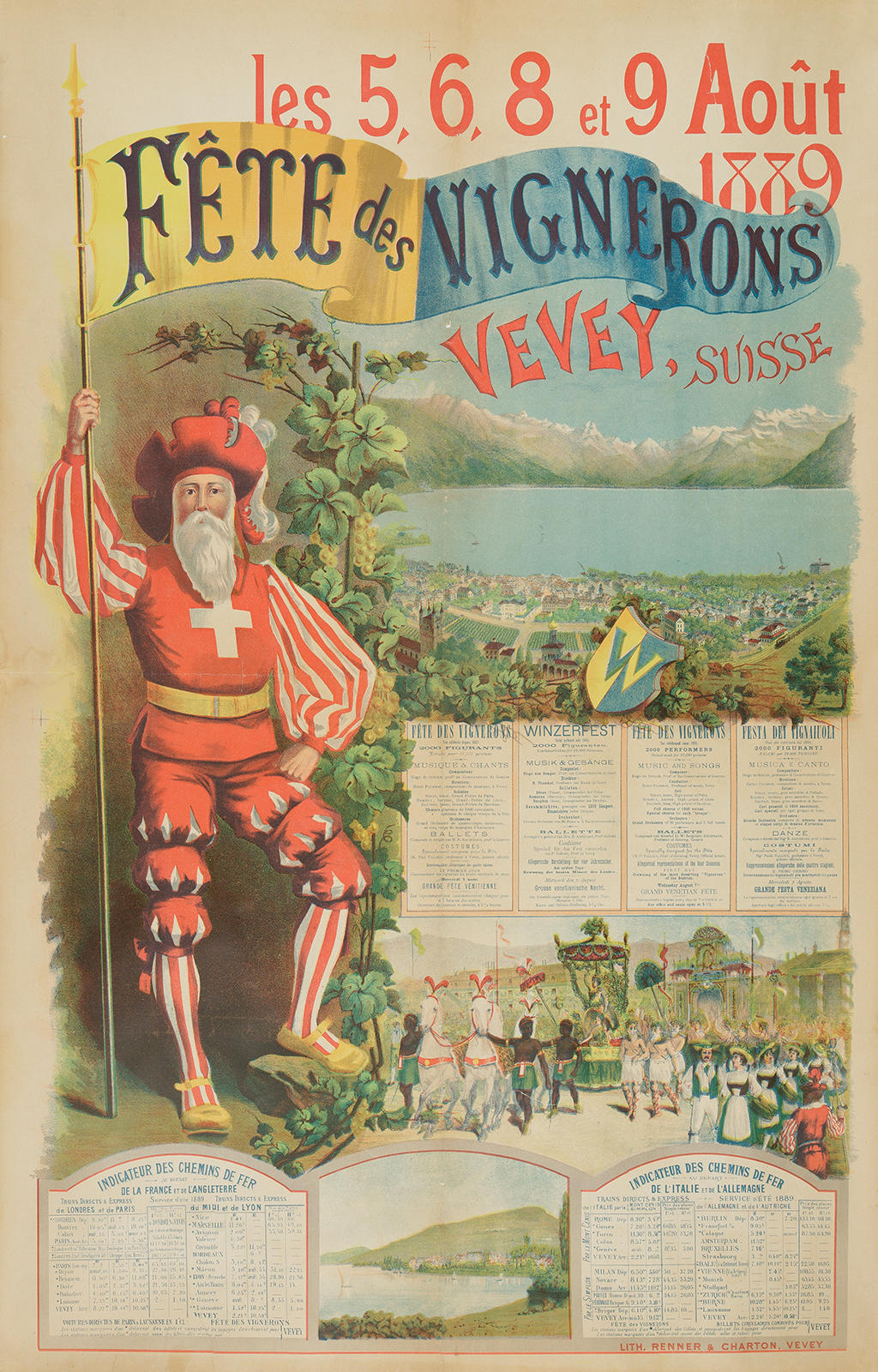
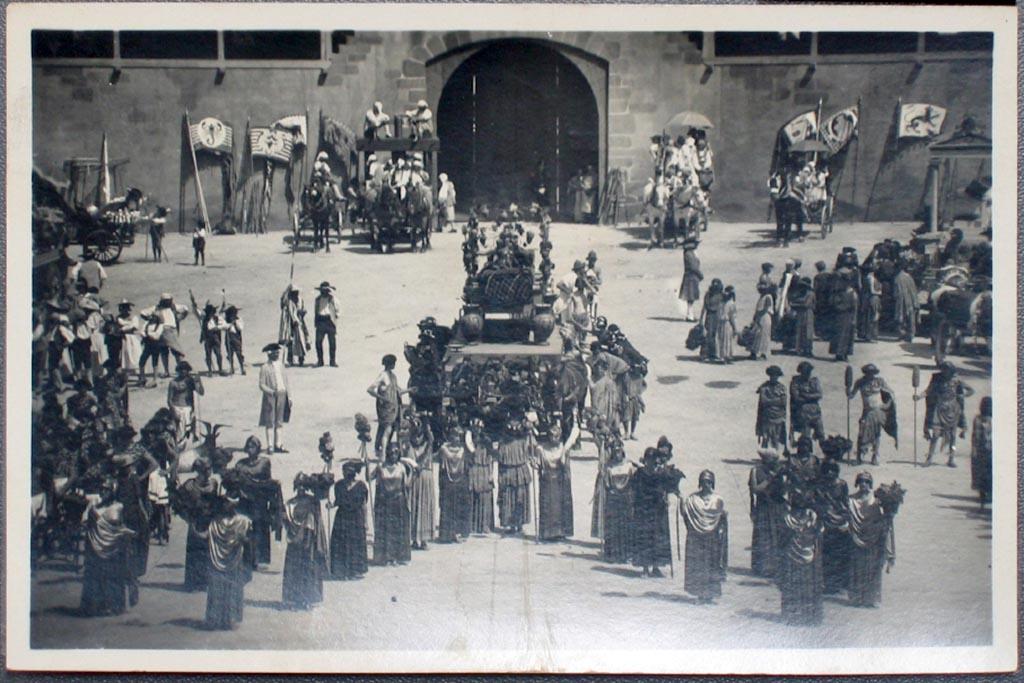
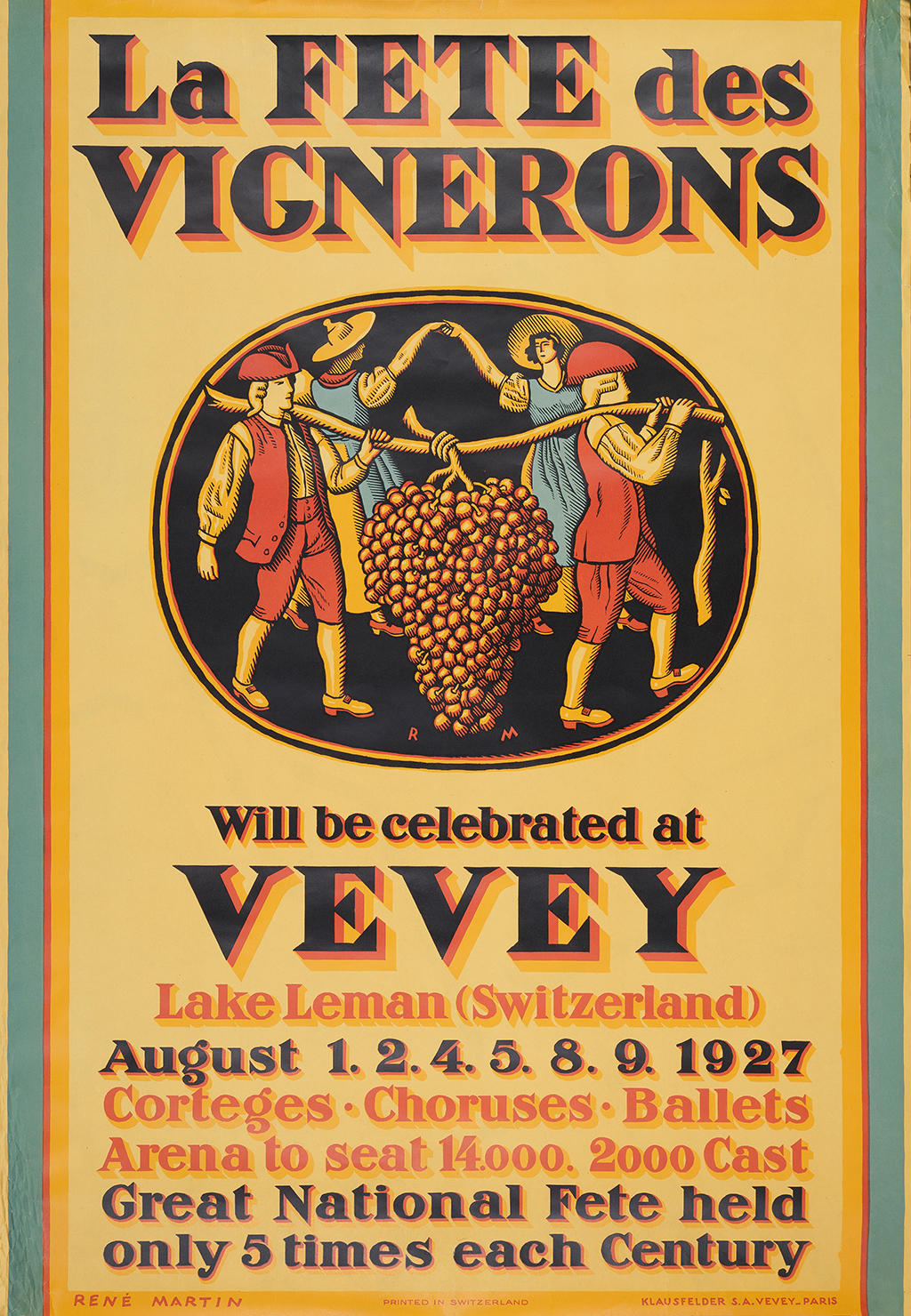
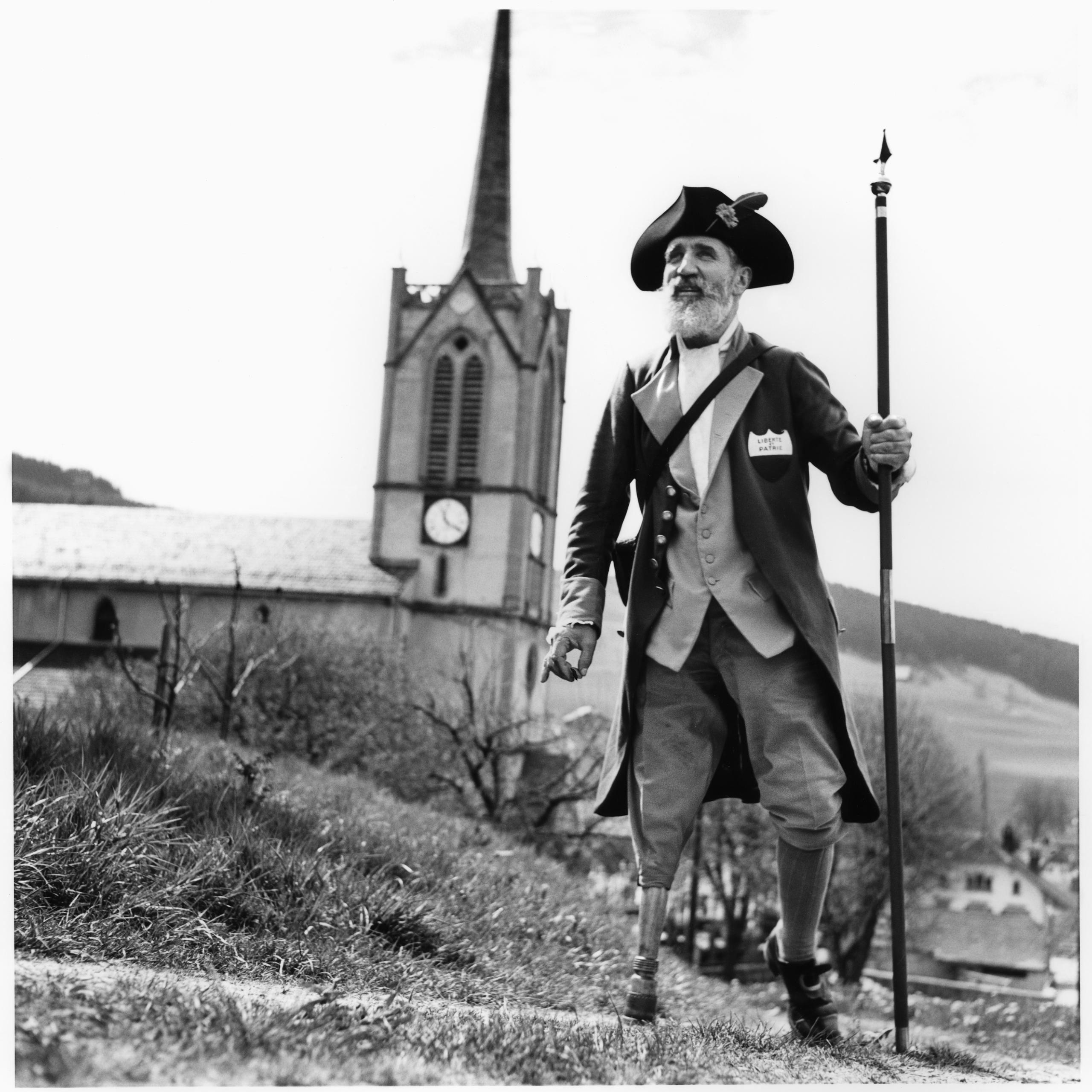









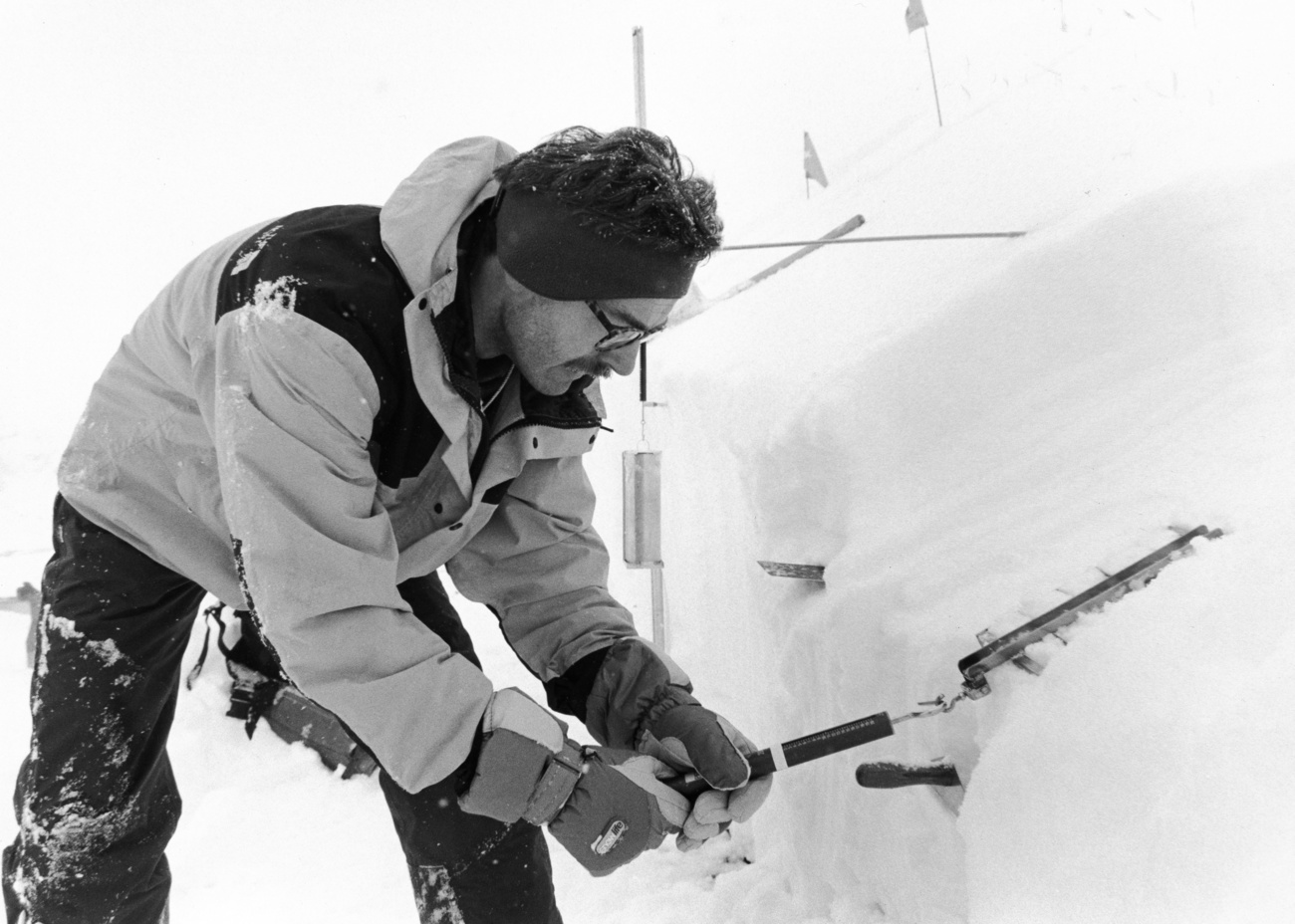


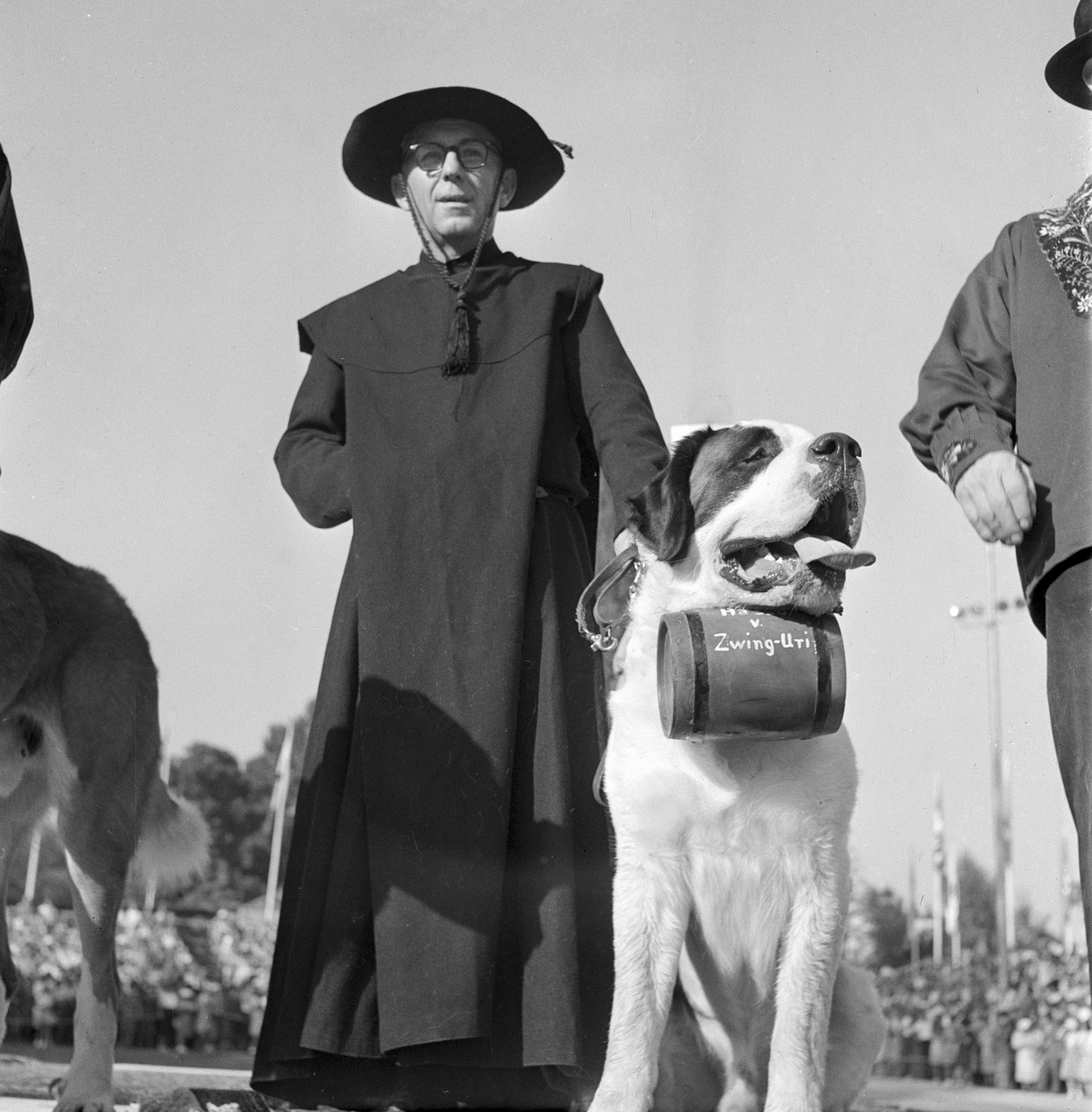

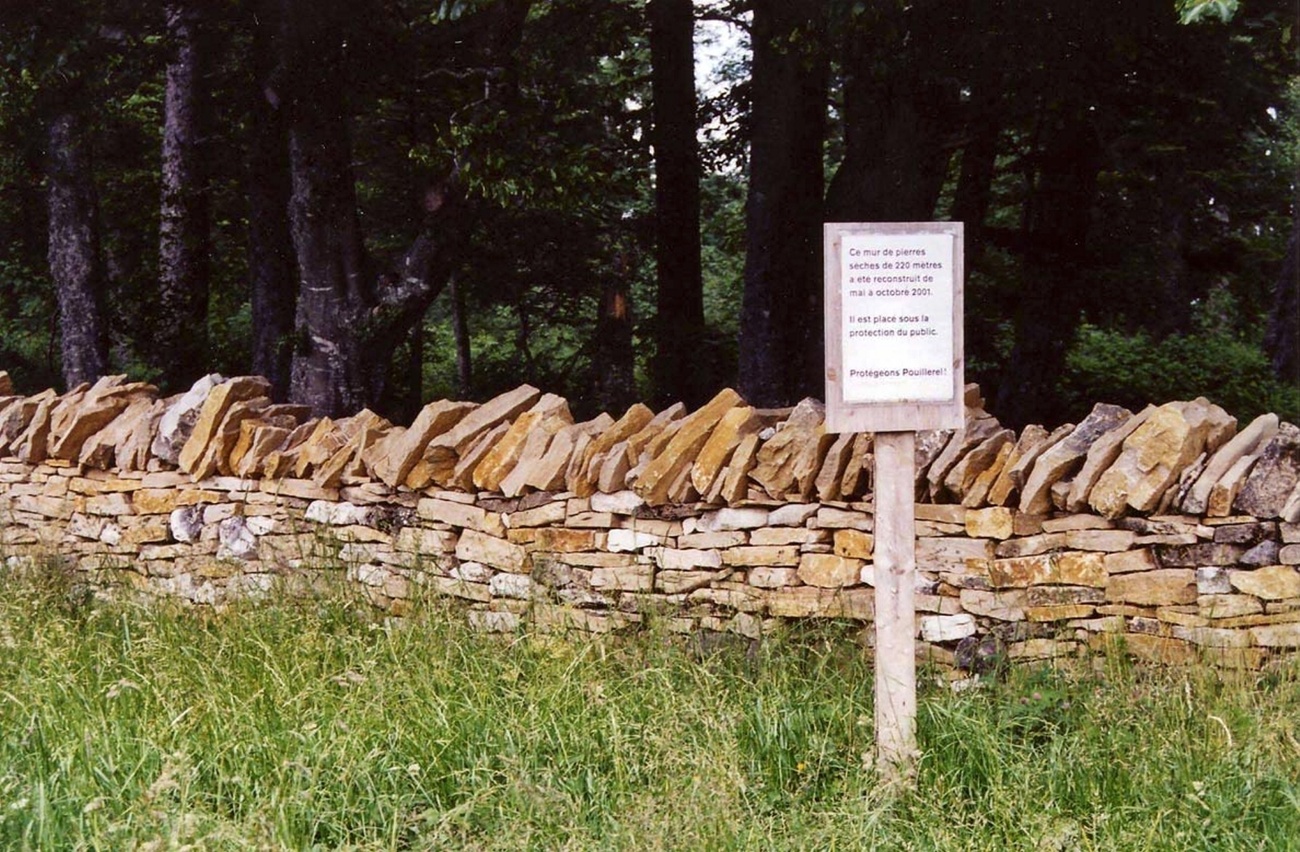

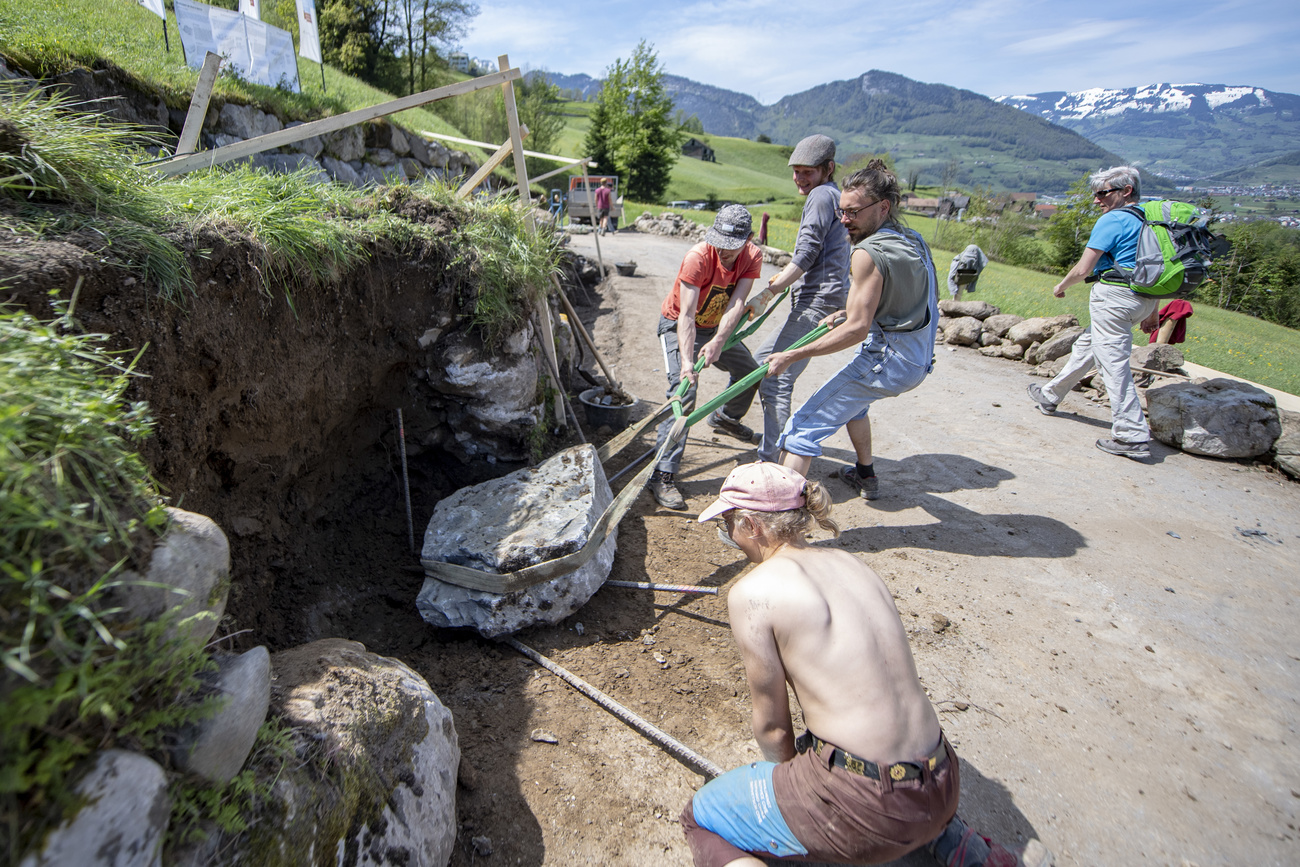




You can find an overview of ongoing debates with our journalists here . Please join us!
If you want to start a conversation about a topic raised in this article or want to report factual errors, email us at english@swissinfo.ch.